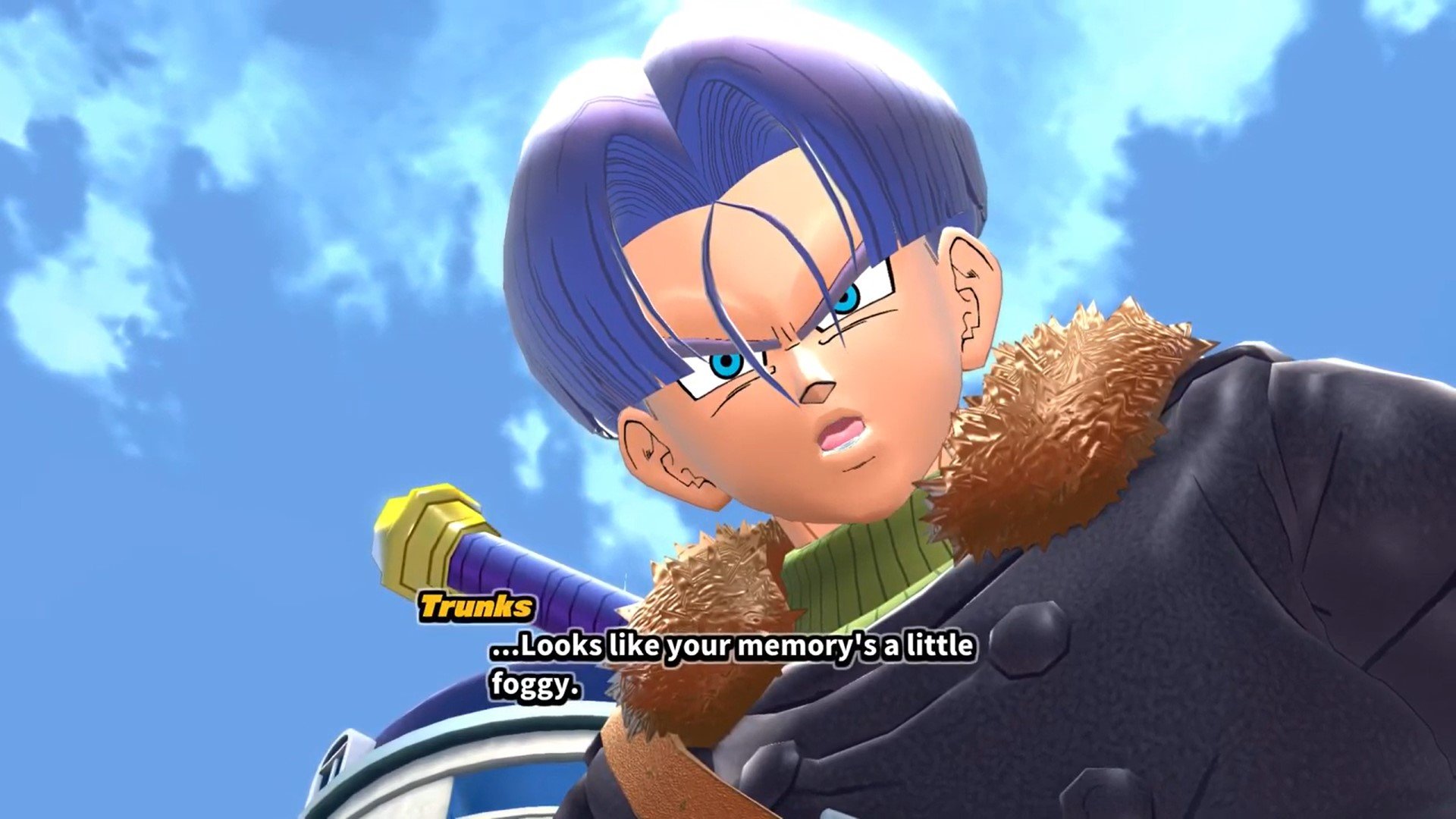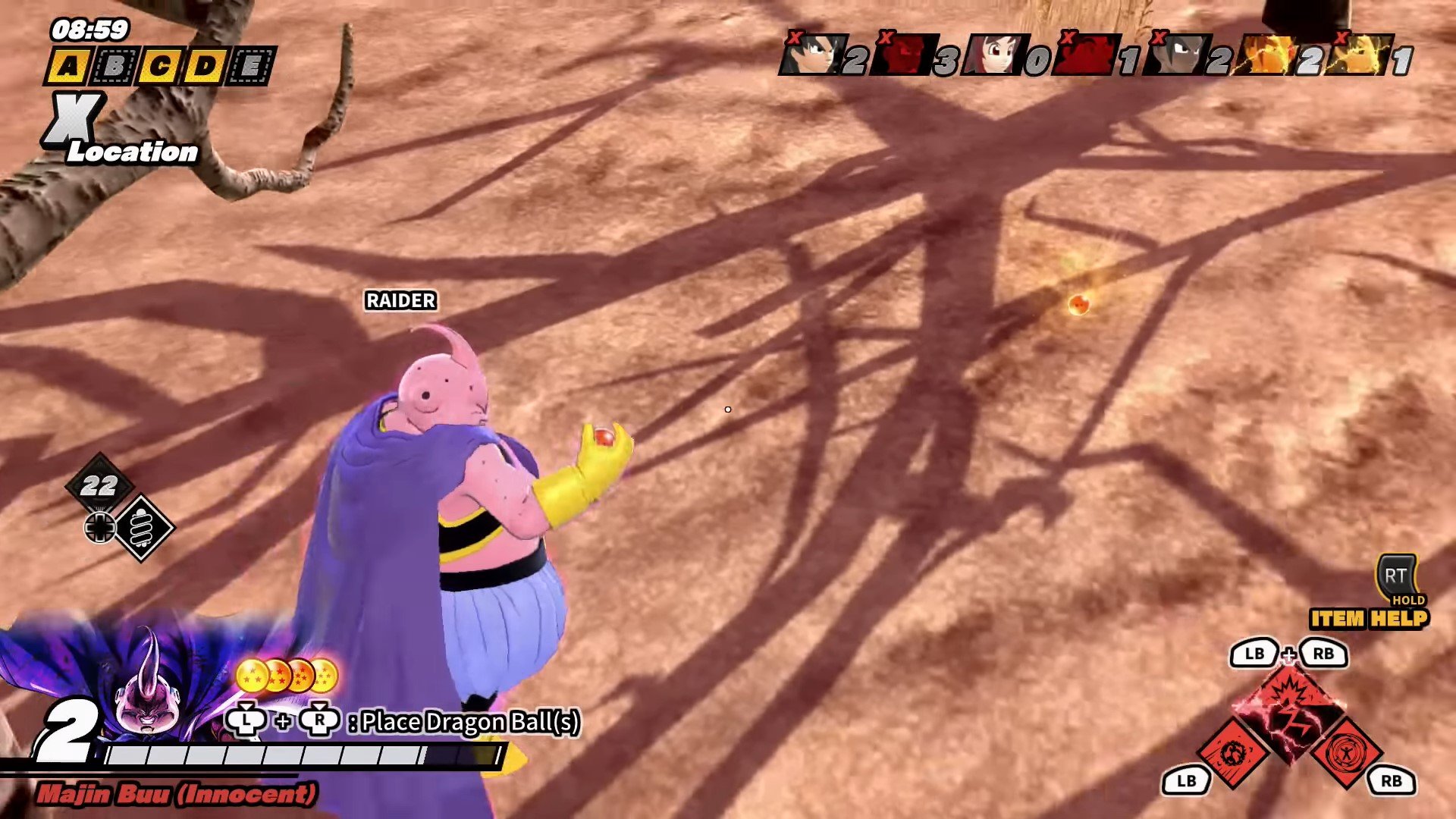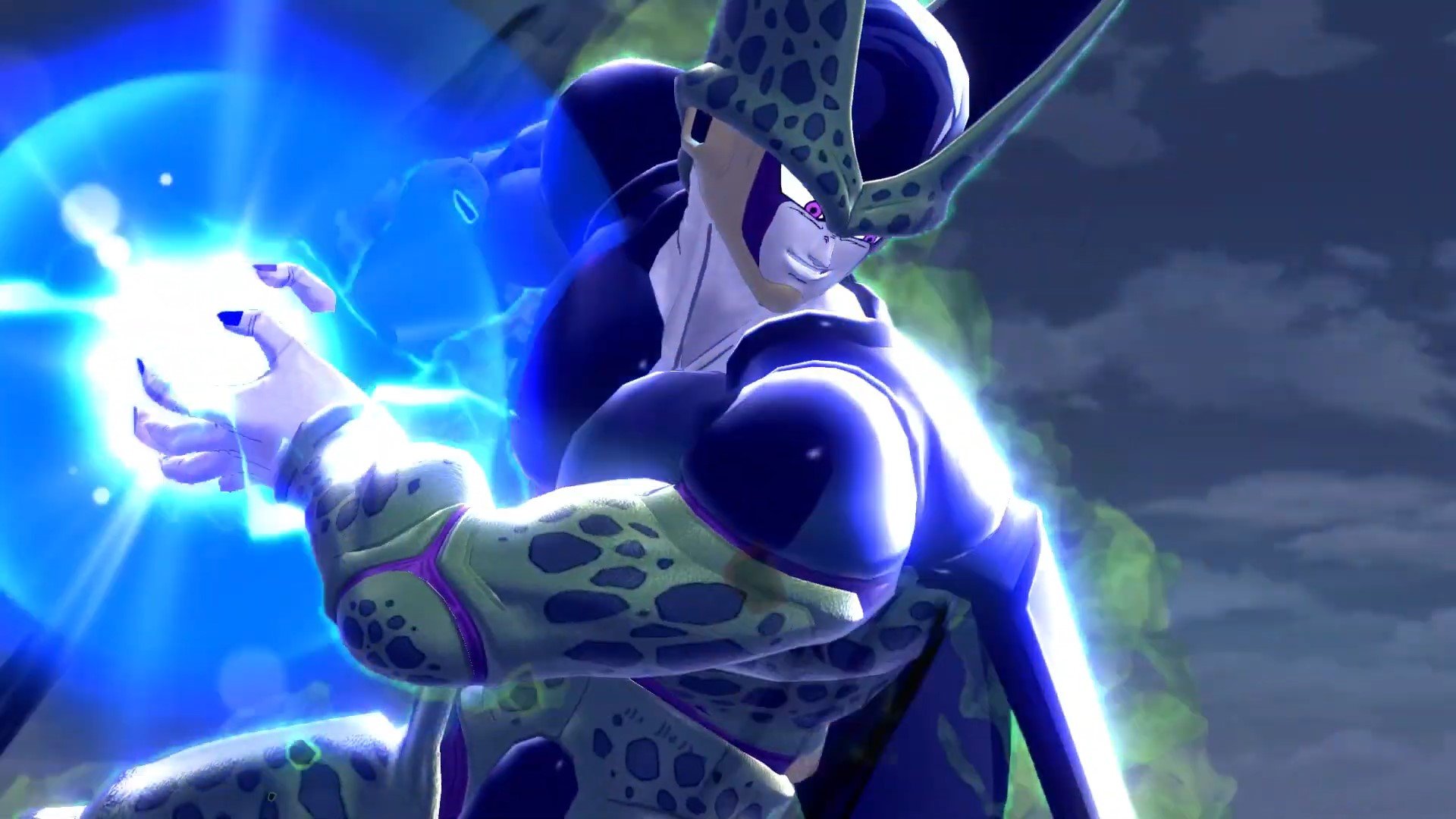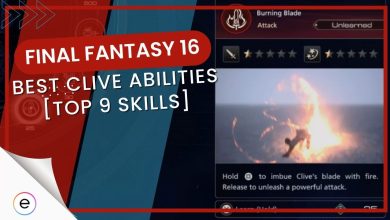DRAGON BALL: THE BREAKERS Review
Overall
-
Story And Setting
-
Gameplay
-
Visuals And Performance
Verdict
While the charm of the legendary franchise might appeal to a lot of fans, the game itself is an extremely flawed product.
Pros
- A Fresh Take On The Genre.
- The Cat And Mouse Mechanic.
- Can Be A Blast With Friends.
Cons
- Gacha System.
- Art Style Is Not That Faithful.
- Unbearable Grind.
- Lack Of Voice Chat.
The Dragon Ball series has spawned a number of games with varying success over the course of its long-running history. Ask any 90s or early 2000s kid what their favorite fighting games on PlayStation 2 were, and they would surely include something from this franchise.
- Developer: Dimps
- Publisher: BNE Entertainment
- Release Date: October 14, 2022
- Platforms: Nintendo Switch, Xbox, Playstation, PC
- Game Length: 26.5 Hours
- Time Played: 30+ Hours
- Editor’s Note: We thoroughly tested DRAGON BALL: THE BREAKERS on PC, putting just over 30 hours into its completion.
So, it’s fair to say that this series has a fair bit of nostalgia associated with it. But does Dragon Ball: The Breakers solely thrive on this nostalgia, or does it bring something new to the mix? Without further ado, let’s delve right into it.
Story And Setting

In Dragon Ball: The Breakers, another calamity has hit the universe, and temporal seams, which bend space and time, are appearing all over Earth, one of which transports you into another timeline. You open your eyes and are greeted by everyone’s favorite Future Trunks. Then, you are moved to a pretty hefty and detailed character creation screen, where a host of character customization options are available.
After character creation, the game takes you through a prologue sequence to familiarize you with the game’s basic mechanics. However, it does a pretty bad job of explaining things, forcing players to figure most aspects out independently.
You can interact with a few characters on Trunk’s time base, but that’s just about it.
The game’s premise is pretty straightforward from here, as a group of 7 survivors tries to escape from a ‘Raider.’ In this context, the Raider is an iconic Dragon Ball villain such as Frieza, Cell, or Buu. You can play as a survivor or as the Raider; as a survivor, you have to cooperate with other players to complete objectives to escape. As the Raider, however, your objective is to eliminate all the survivors.
There is no narrative here. You can interact with a few characters on Trunk’s time base, but that’s just about it. The developers weren’t aiming for this game to be story-driven from the beginning, and the short narrative at the beginning was just for setting up the premise of the game.
Gameplay

This title is a major departure from previous Dragon Ball entries, and you are no longer one of the Earth’s mightiest heroes; you’re just an ordinary citizen or, in some cases, a supervillain. Like other asymmetrical games, your task is to work together with other players to escape the Raider.
The game tries to establish an atmosphere of dread where you go up against someone way beyond your skills, and you can only escape. In my opinion, it succeeds in establishing this atmosphere very well.
The Raider does have a health bar and can take damage, but fighting him is usually not worth it. Unless you have some power-up, the most you can do solo is buy time, at least; this is what I did while playing the game. Their attacks can overpower and blow you to dust in an instant, which I think is fair because why would you, a normal human, go against the likes of a planet destroyer like Frieza?
The game tries to establish an atmosphere of dread where you go up against someone way beyond your skills, and you can only escape.
As a survivor, you have three ways to win the match: kill the raider, activate the Super Time machine, or escape the site using the Escape Time Machine. The first two require teamwork and coordination, while the latter is a last resort and is meant for individual survivors.
The second method is the most feasible, as it requires you to gather power keys scattered all over the map and set them in different locations to activate the Super Time Machine, which then fixes the timeline. The Raider can halt the process permanently, forcing the survivors to escape individually using Escape Time Machines.
The gameplay loop is fun, but unfortunately, the in-game monetization dilutes the impact of the positives, specifically the Gacha system.
Survivors can also find different tools scattered around the map to help them escape the Raider. One of the most powerful tools is the Dragon Change, which gives your survivor fighting abilities equivalent to that of a Z-fighter to fend off the Raider.
Although it only lasts for a limited time, you can use it to distract the Raider while your teammates accomplish their tasks. A downed survivor can also be revived by their teammates or can initiate self-revive by eating a Senzu beam. Some skill unlocks in the game are, unfortunately, RNG, due to which spawn points play a huge factor in determining the winner.
If the gacha system was limited to harmless cosmetics only, it would’ve been passable, but the fact that several core progression mechanics are prey to this system is unforgivable.
The Raider starts with a base form, which you can evolve after fulfilling certain parameters. Evolution gives the Raider a huge advantage, including the ability to destroy a section of the map. You, as the Raider, have two ways of winning: By killing all the survivors or stopping the activation of the Super Time Machine. The Raider can even destroy the Escape Time Machines even if the survivors have already occupied them.
The gameplay loop is fun, but unfortunately, the in-game monetization dilutes the impact of the positives, specifically the Gacha system. If the system was limited to harmless cosmetics only, it would’ve been passable, but the fact that several core progression mechanics are prey to this gacha system is unforgivable.
Visuals And Performance

Replicating the art style of an anime worked wonderfully in the early 2000s when graphics had not progressed much. But nowadays, it’s hard to select just the perfect mix of color palettes to prevent the game from deviating too much from the source material. Dragon Ball: The Breakers is a hit or miss in this regard.
The game’s artistic design resembles Dragon Ball Z: Kakarot and Xenoverse games of the past. Each map is distinct and varied enough to keep the gameplay fresh, and there are times when the whole experience can look beautiful, such as the prologue area where you are following trunks through the wilderness.
Each map is distinct and varied enough to keep the gameplay fresh, and there are times when the whole experience can look beautiful, such as the prologue area where you are following trunks through the wilderness.
But alas, that beauty isn’t replicated with the same intensity everywhere. The cutscenes also didn’t appeal to me. I personally didn’t like the character design of many of the characters, especially the main villains, as they look borderline cartoonish.
Performance-wise, the game runs flawlessly, but that’s a given since the visuals are not that demanding. The developers have considerably reduced the matchmaking time, and I found most matches fairly quickly.
Verdict

I grew up watching Dragon Ball Z and playing a wide variety of Dragon Ball games, so this franchise has a special place in my heart. But it’s hard to look past its conspicuous missteps.
Dragon Ball The Breakers is a fresh take on the asymmetrical multiplayer genre marred by pay-to-win mechanics. This game shines if you are lucky enough to find a group of cooperative people to play with as there are certain moments, especially near the end of a match, where teamwork can shine. Otherwise, most matches turn into “every man for himself” due to the lack of in-game communication options.
The game certainly needs more maps and more ways to accomplish the objectives to keep it fresh. The grind present here is intolerable, and progression linked to the Gacha system is a glaring downside that makes me question the longevity of this game
This has been our Dragon Ball: The Breakers review. While you’re here, consider checking out some of our other articles.
- Gotham Knights Review
- A Plague Tale Requiem Review
- Deathverse: Let it Die Review
- Undecember Review
- Coral Island Early Access Review
- Dragon Ball Z: Kakarot
- Dragon Ball Xenoverse
- Dragon Ball FighterZ
- Dead by Daylight
- Friday the 13th
Thanks! Do share your feedback with us. ⚡
How can we make this post better? Your help would be appreciated. ✍



